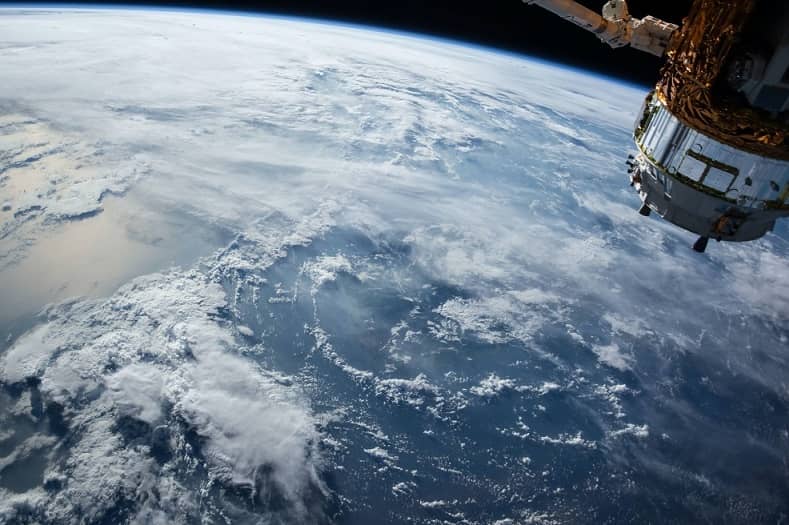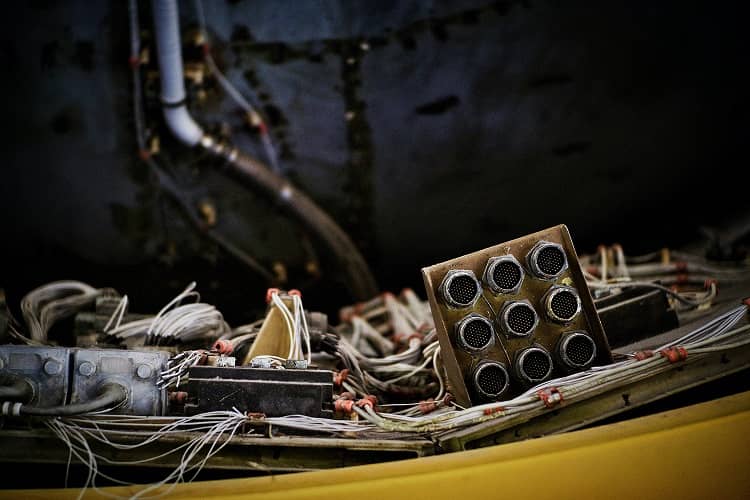As space technology has become one of the key industries of the future, Hungary also aspires to be an active part of the space market. In a previous article, we introduced you Puli Space Technologies, a Hungarian space tech company working with NASA. This time we give you a brief overview of the major milestones of the Hungarian space exploration of recent years.
With a more than 70-year-old history in space research, in the last decade space activity has become a strategic priority for Hungary. In 2018 space exploration was moved under the purview of the Ministry of Foreign Affairs and Trade which dramatically increased funding to pave the way for more research and innovation. Let’s see some of the developments of recent years!

The first Hungarian satellite – MaSat-1
The first Hungarian satellite MaSat-1 was constructed at Budapest University of Technology and Economics (BME). Nearly 20 students worked on the project for 4 years. It made safely into Earth’s orbit in 2012 and it was operating perfectly for 1062 days until its destruction. Masat-1 was a CubeSat which is a type of miniaturised satellite made up of multiples of 10×10×10 cm cubic units. The mission went as expected, and the satellite transmitted more than 20 MB of data about its operation and the space environment. With the launch of MaSat-1, Hungary became the 47th nation to orbit a satellite.
SMOG-1
On March 22, 2021, another small Hungarian satellite was launched into space. The 5x5x5cm SMOG-1 satellite was again developed at the Budapest University of Technology and Economics with the financial support of the Ministry of Foreign Affairs and Trade of Hungary. The primary mission of the satellite is to study human-induced electromagnetic pollution in the area around the Earth. As a secondary mission, a total ionizing dose meter was placed on board to examine the effect of particles from the Sun on electronics. The satellite is still in space, you can track its path on this link.

Joining ESA
A significant milestone was in 2015 when Hungary joined the European Space Agency (ESA), which was an important step to be an active part of the global space research. The membership allows Hungary to leverage its proven expertise in many fields of science and engineering connected to space exploration, such as electronics, data transmission and reception, electromagnetic radiation systems, life sciences, medical science, pharmacology, and chemistry. Aside from the industrial involvement, Hungary has also taken part in several ESA educational activities, including ESA radar courses, student parabolic flight campaigns and the European Student Moon Orbiter project.
Space engineering program on BME
Recognising the relevance of space technology, the Budapest University of Technology and Economics (BME) is going to launch a master’s program in space engineering in 2022. The programme is accommodated and mentored by the Faculty of Electrical Engineering and Informatics (VIK) will train the space scientists of the future.

The future
The future of Hungarian space research is in a mix of pan-European and bilateral cooperation. While the country is taking an active role in the ESA, it has also recently signed memorandums with seven parties, including Virgin Galactic, France, and Brazil. A long-term aim is to found a national space agency, and the second Hungarian scientific astronaut might also soon go to space. Universities, and especially BME will remain a key institution in the national space technology, so if you ever dreamed of specialising in space engineering or add this skill to your professional background, it is worth checking out their program next year.

Budapest University of Technology and Economics
Műegyetem Rakpart 3. Budapest,Hungary 1111